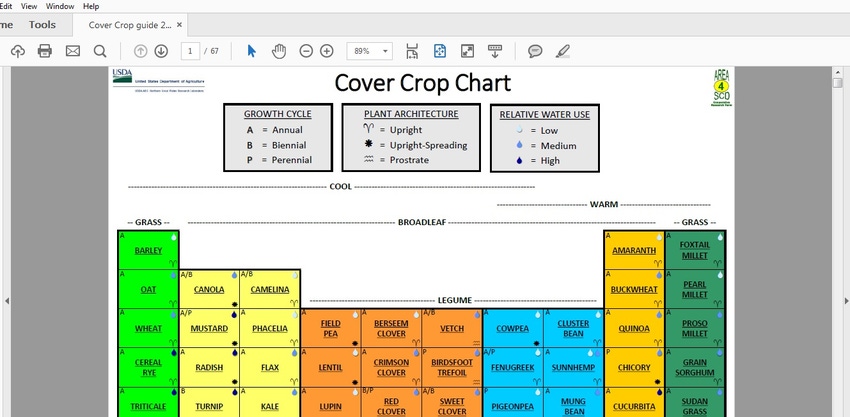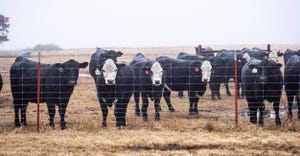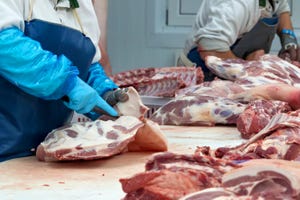Cover crop cocktails are more than a salad bar
Take half and leave half is a reasonable rule for cover crops, like it was once considered for pasture.

Conversations I had last week with producers in western Kansas reminded me of the struggles people have in thinking about multi-species cover crops.
The biggest problem beef producers seem to have is the idea they need the cattle to eat … everything! This goes against two of the primary reasons to use multi-species cover crops:
Keeping the soil fully covered and protected from heat, cold and rain
Growing a variety of species and types of plants to build soil life, including the tremendously important mycorrhizal fungi
Put another way, some of the seeds you plant are really there to feed the soil more than the cattle.
If you aren’t up on the cover-crop, soil-health craze, perhaps a refresher is in order. Farmers are finding if they use these so-called “cover-crop cocktails” between cash crops and do things well, they can increase soil organic matter and thereby reduce or nearly eliminate herbicide and fertilizer usage, increase rainfall infiltration, and increase water-holding capacity of their soils. This can lower their costs dramatically and increase profits, and all this can be sped up by grazing those cover crops with livestock, preferably under high stock density.
The issue with beef producers who farm is they tend to think of every blade of grass or leaf of plant as forage that must be consumed. Au contraire!
The primary rules for increasing organic matter, whether in crop ground or pasture, are these:
1. Less soil disturbance
2. More plant diversity
3. Living roots as long as possible
4. Keep soil covered at all times
5. Graze with livestock under high stock density
Jay Fuhrer, a soil health NRCS expert from North Dakota, recently explained that 1.0% soil organic matter contains 10,000 pounds of nitrogen, 100 pounds of phosphorus and 100 pounds of sulfur. At a mineralization rate of 2-3% per year from organic nitrogen to inorganic nitrogen, that supplies a usable 20-30 pounds of nitrogen per year. The key is to build the soil so the organic matter continues to build.
To watch Fuhrer talk about four case studies in North Dakota go to this YouTube video.
Also, a series of fact sheets about building soil is available from NRCS on a page labeled Soil Health Matters.
To learn more about the individual species of plants in cover crop cocktails, you can download this publication called the NRCS Cover Crop Chart.
For a more interactive experiment, try Green Cover Seed’s online Smartmix calculator for creating a custom blend that helps accomplish your goals.
About the Author(s)
You May Also Like



